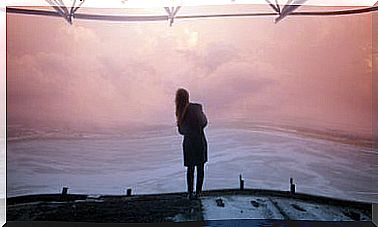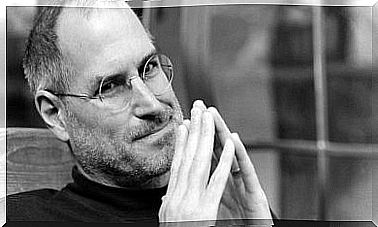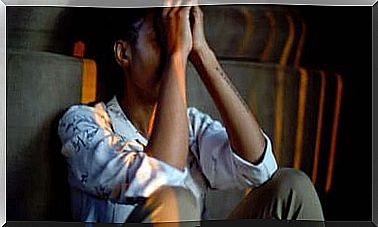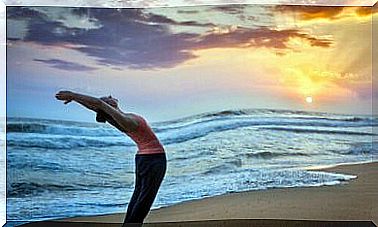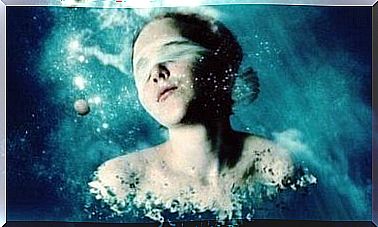Ronald David Laing, A Schizophrenia Researcher
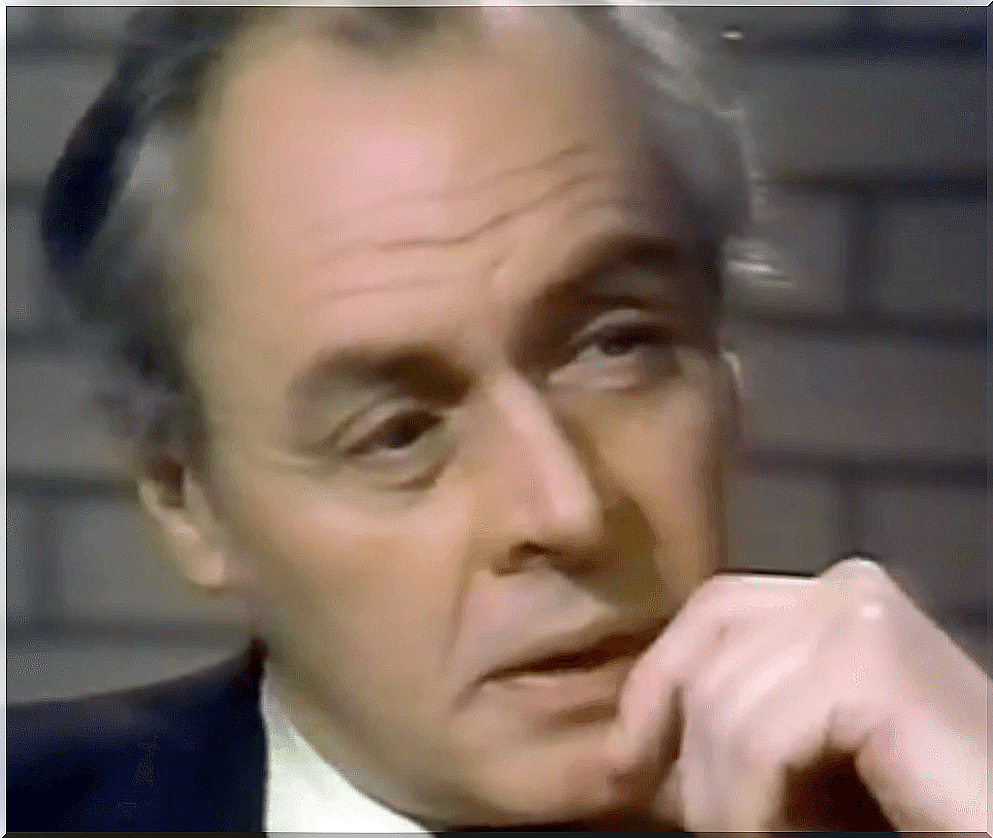
Ronald David Laing was a British psychiatrist known for his alternative approach to the treatment of schizophrenia. He was also the founder of a movement that would come to be known as anti-psychiatry in the 1960s and 1970s.
Like many other psychologists and sociologists, Laing worked and researched at the famous Tavistock Clinic until, years later, he became part of the Tavistock Institute team in the field of research. . The Tavistock Institute provided sufficient funds to Laing to enable him to carry out his most important research.
His work has focused on the study of schizophrenia and the treatment environment of schizophrenic patients. According to Laing, patients behaved differently depending on the environment in which they lived. Here are more details about his life and research.

The childhood of Ronald Laing
Laing was born on October 7, 1927 in Govanhill, Glasgow, Scotland. He was born into a working-class family and was the only son of David McNair Laing and Amelia Laing.
Until 1945 he attended Hutcheson Boys Primary School in Glasgow, where he was noted for being an excellent student and possessed of exceptional musical ability. Graduated from the Royal Academy of Music in 1944, he entered the Royal College of Music in April 1945.
During these years he was an avid student of philosophy, some of the authors who most caught his attention were Freud, Marx, Nietzsche and especially Kierkegaard. Subsequently, he studied medicine and psychiatry and obtained a doctorate in medicine from the University of Glasgow in 1951.
His vocation for psychiatry
Between 1951 and 1953, he was recruited as a psychiatrist conscript in the medical corps of the royal army. He was sent to the British Army Psychiatric Unit, Netley, near Southampton, and then to Catterick Military Hospital in Yorkshire.
At the end of 1953, he left the army and began teaching at the University of Glasgow. During this period, he went to the Royal Gartnavel Psychiatric Hospital to complete his psychiatric training. In this hospital, he set up an experimental treatment environment: the “Rumpus Room”, in which schizophrenic patients spent time in a comfortable room.
Staff and patients wore normal clothing, and patients could devote time to activities such as cooking and art. Daily activities were aimed at ensuring an environment in which patients could respond to staff and others in a social rather than institutional environment.
All the patients showed a marked improvement in their behavior thanks to this new treatment. In January 1956, he graduated as a psychiatrist.
Laing professional consolidation
At the end of 1956, he became Principal Registrar at the Tavistock Clinic in London. There he led the research until 1960.
The Tavistock Clinic was made up of doctors who studied patients from the English Army and its main purpose was to identify the aftermath of the war on an individual.
Soon after, the Tavistock Institute was established as a non-profit, non-governmental organization. Funded by the Rockefeller Foundation, the Tavistock Institute has developed research in the social sciences and psychology applied to education, research and professional development.
Thus, Laing worked for the Tavistock Institute for almost 30 years. But he was also accepted as a psychoanalyst by the Institute of Psychoanalysis.
In 1958 he began to undertake the research which culminated in his book Wisdom, Unreason and Madness, published in 1964. He also began a series of seminars attended by various people who became important collaborators, including Aaron Esterson. and David Cooper.
Laing’s works and recognition
In 1960, the Tavistock editions published his work Le Moi divided . The book received favorable reviews, although after its launch sales did not accompany its success. Soon after, he published the book Self and the Others .
Laing qualified himself as a psychoanalyst and established a private practice in London. He started experimenting with drugs, especially LSD. In 1962 he was appointed clinical director of the Langham Clinic in London and from that point on he started to gain popularity.
He later wrote most of the articles that are found compiled in the book The Politics of Experience ; The bird of paradise . He also published Reason and Violence in collaboration with David Cooper, another associate researcher at the Tavistock Institute.
The Kingsley Hall project
In 1965, he embarked on the Kingsley Hall project with Aaron Esterson, David Cooper and other researchers of the time; the project continued until 1970. In short, Kinglsey Hall was to establish an experimental, non-hierarchical community in which patients with schizophrenia were given a space to work on their psychosis without resorting to medication. Or to other therapies such as electroshock or surgery.
The inspiration came from Laing’s Rumpus Room project and the experience of its collaborators. Other projects such as Cooper’s Villa 21 were instrumental in the development of Kingsley Hall. Indeed, there was developing a community for schizophrenic patients without distinction between staff and patients. In other words, it was based on social relations.
Following the success of Kingsley Hall, Laing made a speaking tour of the United States, which allowed him to come into contact with other renowned psychoanalysts. In 1967 he participated in the Liberation Dialectic Congress. The latter aimed to unite leftist politics and psychoanalysis. There he gave a speech titled What is Obvious. This speech was later published in an anthology that will compile the speeches of this congress.
Personal life
In 1952 he married his girlfriend Anne Hearne; in the same year, his first daughter was born, whom they named Fiona. The couple had other children: Susan, Karen, Paul, Adrian.
After separating from Anne, Laing will have another companion: Jutta Werner, with whom he will have three children. Later, he will have two more children from different mothers.
In 1971, when Kingsley Hall closed, Laing decided it was a good time to take a year off in Sri Lanka and India. During this trip, he devoted himself to Theravedic Buddhist meditation.
In preparation for his trip, he closed his private practice. The same where he had LSD therapy sessions in the 1960s. And it is not certain that he resumed his research on LSD when he returned from India.
On August 23, 1989, Laing died while playing tennis. According to medical reports, he suffered from a heart attack.

Ronald David Laing’s legacy
Throughout his career, Laing has been interested in the underlying causes of schizophrenia and has clearly opposed the treatments used at the time to treat these patients. Laing therefore tried to find alternatives to the hospitalization and electroconvulsive therapy that were practiced so much at the time.
According to Laing, ontological insecurity (the insecurity of existence) provokes a defensive reaction. This reaction, in turn, divides the ego into distinct components, thus generating the psychotic symptoms characteristic of schizophrenia.
In his work Mental Balance, Madness and the Family , he published a series of cases of people whose mental illnesses he considered to be influenced by their family relationships. This approach caused a lot of excitement at the time.
Although his initial approach to schizophrenia was very controversial, he corrected some of his positions in the following years.

